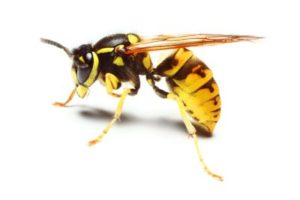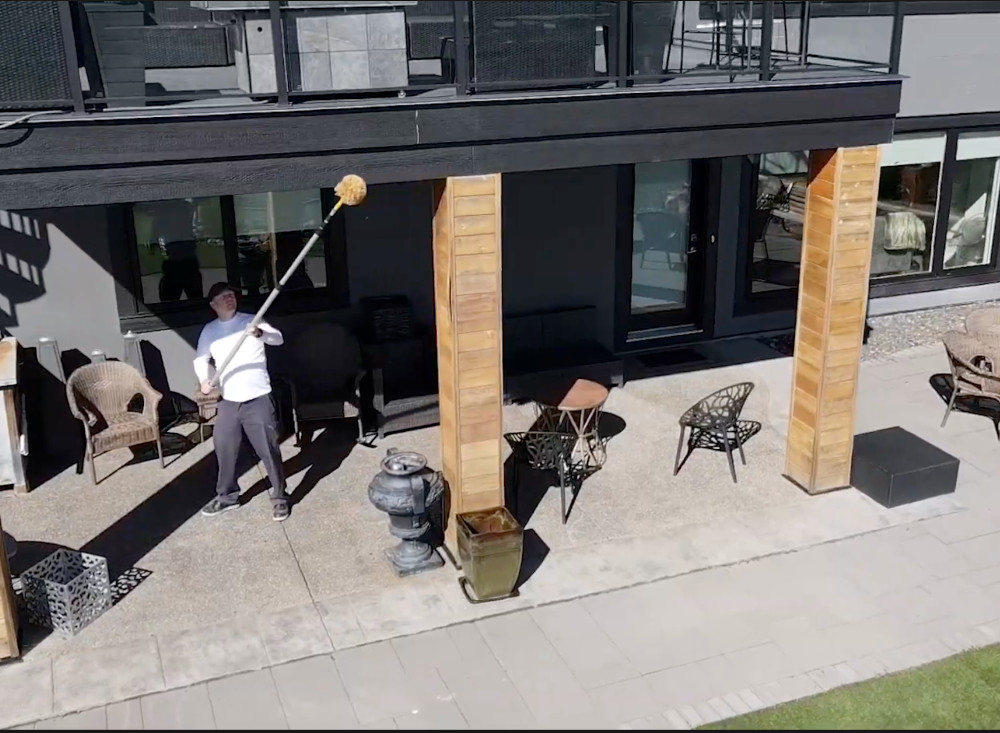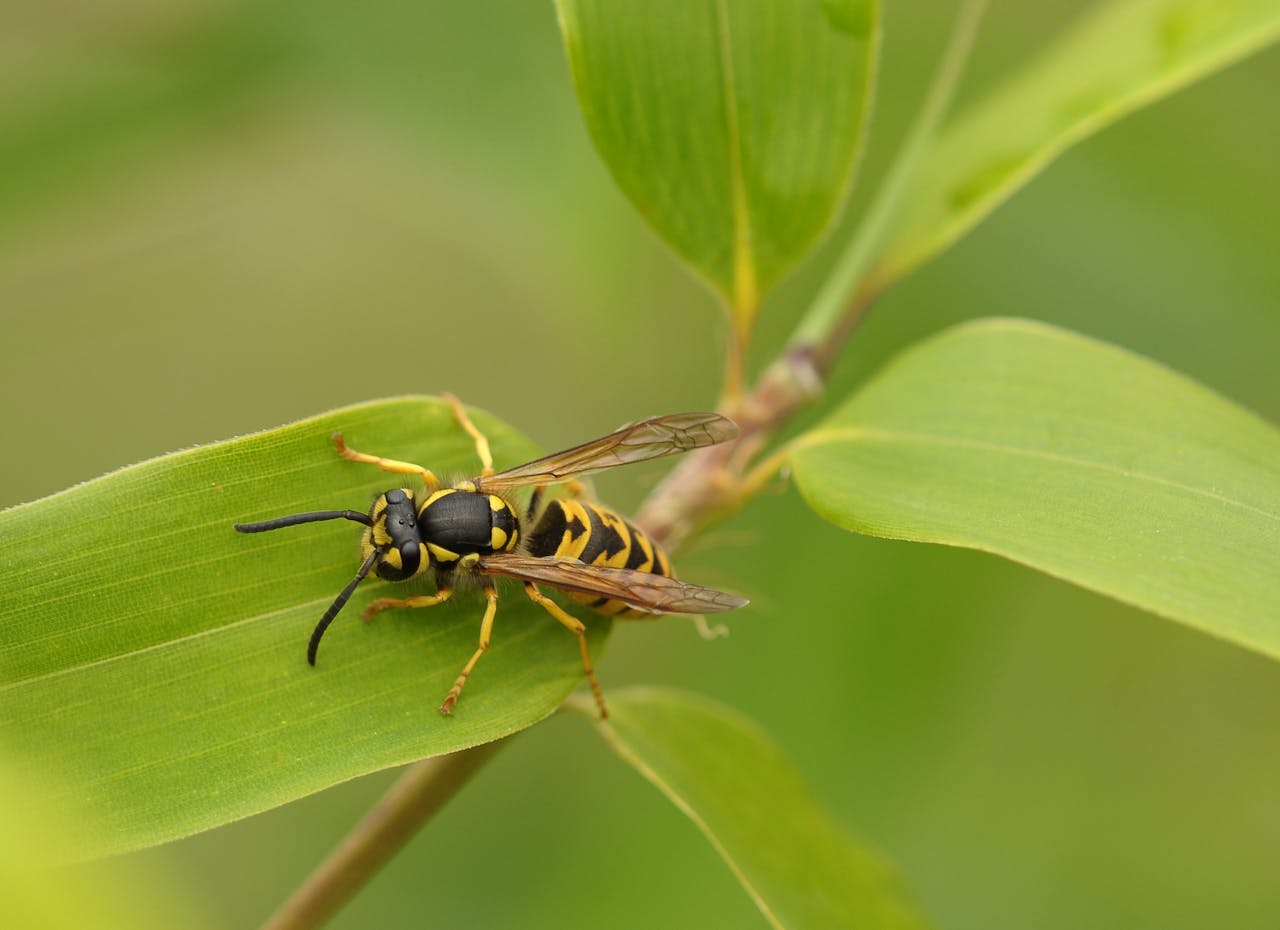Yellow Jacket
Yellow jackets are aggressive wasps known for their painful stings.

Yellow jackets are aggressive wasps known for their painful stings.

Safe for the whole family
Over 10,000 pest-free homes
Year-round protection and availability
These wasps are known for their bold yellow and black striped bodies, and they often build nests in the ground or in sheltered areas around homes.

Locale On Property
Most yellow jackets build their nests underground but a few species build them in trees or buildings.
Description
They are bright, shiny yellow with black markings.
Concerns
Yellow jackets are considered extremely dangerous because of the following reasons: Their sting can invoke severe reactions. They can sting repeatedly. They release chemicals that attract more wasps that can sting and attack.
At Avayda, we know that you want a pest free home, regardless of the time of year. In order to do that, you need the right team and products to help remove invaders and keep them out for good. The problem is you’ve tried to solve it yourself, or you don’t have the time, and they keep coming back. Ultimately, you’re afraid they’ll never go away.
Everyone deserves a pest-free home. And we understand that your home has to be safe for you and your family. Free from any kind of insect, pest, or unwanted guest. We’ve helped create pest-free homes for 10,000+ customers, and we’re ready to help. We offer year-round pest services with safe products for the whole family and a guarantee that they’ll be out of your house for good.

Yellow jacket wasps are one of the most aggressive stinging insects in North America. Known for their bold black and yellow coloring and painful stings, they often become a problem in late summer and early fall. Whether they’re swarming your backyard BBQ or nesting in your walls, yellow jackets pose a serious nuisance, and in some cases, a health risk.
This guide will help you identify yellow jackets, understand their behavior, and take effective steps for yellow jacket control and prevention.
Yellow jackets are a species of wasp that are often mistaken for bees due to their coloration. However, unlike bees, yellow jackets are more aggressive and capable of stinging multiple times.
Yellow jackets are most active in late summer and early fall, when colony populations are at their peak and food sources become scarce — increasing their aggression.

Yes. While yellow jackets do help control other insect populations, their behavior can pose risks, especially to those who are allergic to their stings.
For those with known allergies or homes near nests, yellow jacket infestations require prompt, professional attention.
Yellow jacket nests can be found in a variety of locations, including:
Nests often remain hidden until disturbed, at which point the wasps may respond aggressively to perceived threats.
Yellow jacket control requires caution and the right tools. If you’re dealing with yellow jackets around your home or yard, here’s what you can do:
Observe their flight paths during the day to determine where the nest is located. Avoid disturbing it until you’re ready to treat it or call a professional.
Wasp aerosol sprays can be effective when applied directly into the nest at night, when yellow jackets are less active. Always wear protective clothing and keep your distance.
Traps baited with sugary substances or protein can help reduce the yellow jacket population around your home — especially useful during picnics or outdoor events.
For nests located underground, in walls, or high traffic areas, it’s best to call a pest control expert. Professionals have the equipment and experience to remove nests safely and effectively.
To avoid yellow jacket problems in the future, implement these prevention tips:
Being proactive can drastically reduce your chances of a yellow jacket infestation on your property.
Don’t attempt to remove a nest if:
Professional wasp control services offer safe removal, nest destruction, and treatment options to keep yellow jackets from coming back.
Yellow jackets are not only annoying — they can be dangerous, especially when their nests are located near homes or in high-traffic areas. If you’re seeing frequent yellow jacket activity or have found a nest, take action quickly and safely.
Avayda Pest Control specializes in yellow jacket wasp control and nest removal. Our experienced team offers fast, safe, and effective solutions to protect your home and family. Contact us today for a professional inspection and treatment plan.